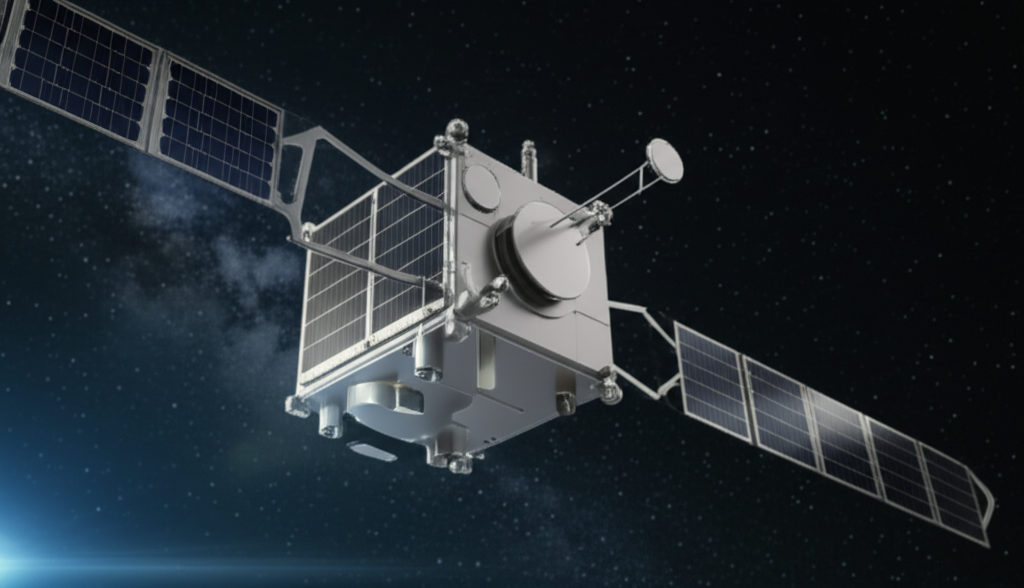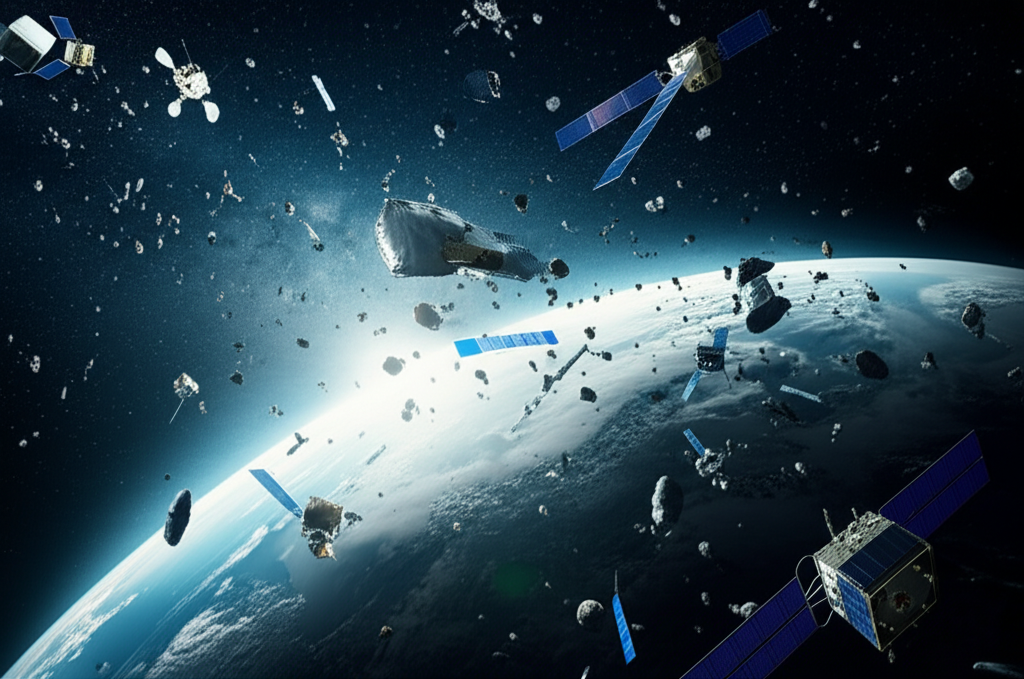
Understanding CubeSat Mission Phases
A CubeSat mission goes through several distinct phases. This tutorial outlines the typical lifecycle: Mission Concept & Definition, Preliminary Design Review (PDR), Critical Design Review (CDR), Assembly, Integration & Testing (AIT), Launch & Early Operations Phase (LEOP), Nominal Operations, and End-of-Life (EOL) / Decommissioning. Understanding these phases is crucial for successful project planning.
Watch the Tutorial
Tutorial Content
A Standard Mission Lifecycle
Every satellite mission, from concept to completion, follows a structured path. This lifecycle ensures a systematic approach to design, development, and operation. Understanding these phases is fundamental for effective project management in any space endeavor.
Mission Concept & Definition
The initial phase where the mission is born. It involves brainstorming, defining high-level goals, and assessing the overall feasibility of the project.
- Define clear and measurable mission objectives.
- Conduct feasibility studies and trade-off analyses.
- Establish top-level requirements and constraints.
Preliminary Design
The concept is translated into a preliminary technical design, defining the system architecture. This phase culminates in the Preliminary Design Review (PDR).
- Develop the system architecture and subsystem designs.
- Create initial budgets for mass, power, and data.
- Pass the Preliminary Design Review (PDR).
Critical Design
The design is finalized and detailed. Extensive analysis ensures the design meets all requirements. This phase ends with the Critical Design Review (CDR).
- Complete detailed drawings and specifications.
- Perform detailed engineering analysis (structural, thermal, etc.).
- Pass the Critical Design Review (CDR).
Assembly, Integration & Testing (AIT)
The "build phase." The satellite is assembled and undergoes rigorous testing to verify it can survive launch and operate in space.
- Procure or manufacture all satellite components.
- Assemble subsystems into the final satellite.
- Conduct environmental testing (vibration, thermal-vacuum).
Launch & Early Operations (LEOP)
A critical phase where the satellite is launched, deployed, and initial contact is established to verify its health.
- Complete the launch campaign and integration.
- Successfully deploy from the launch vehicle.
- Establish first contact and perform initial checkouts.
Nominal Operations
The main operational phase where the satellite carries out its primary mission, collecting and downlinking data.
- Conduct primary mission objectives.
- Collect and downlink payload data.
- Perform routine health monitoring and maintenance.
End-of-Life (EOL) & Decommissioning
The satellite is safely decommissioned to prevent it from becoming space debris, often by performing a de-orbit maneuver.
- Perform passivation (discharging batteries, venting propellant).
- Execute de-orbit maneuvers if propulsion is available.
- Comply with space debris mitigation guidelines.
Related Tutorials

CubeSat 101: Introduction to Mini Satellites
Learn the basics of CubeSats, their history, standard sizes, and common applications.

Preparing for a CubeSat Contest
Tips and tricks for writing a winning proposal and presenting your CubeSat design.
